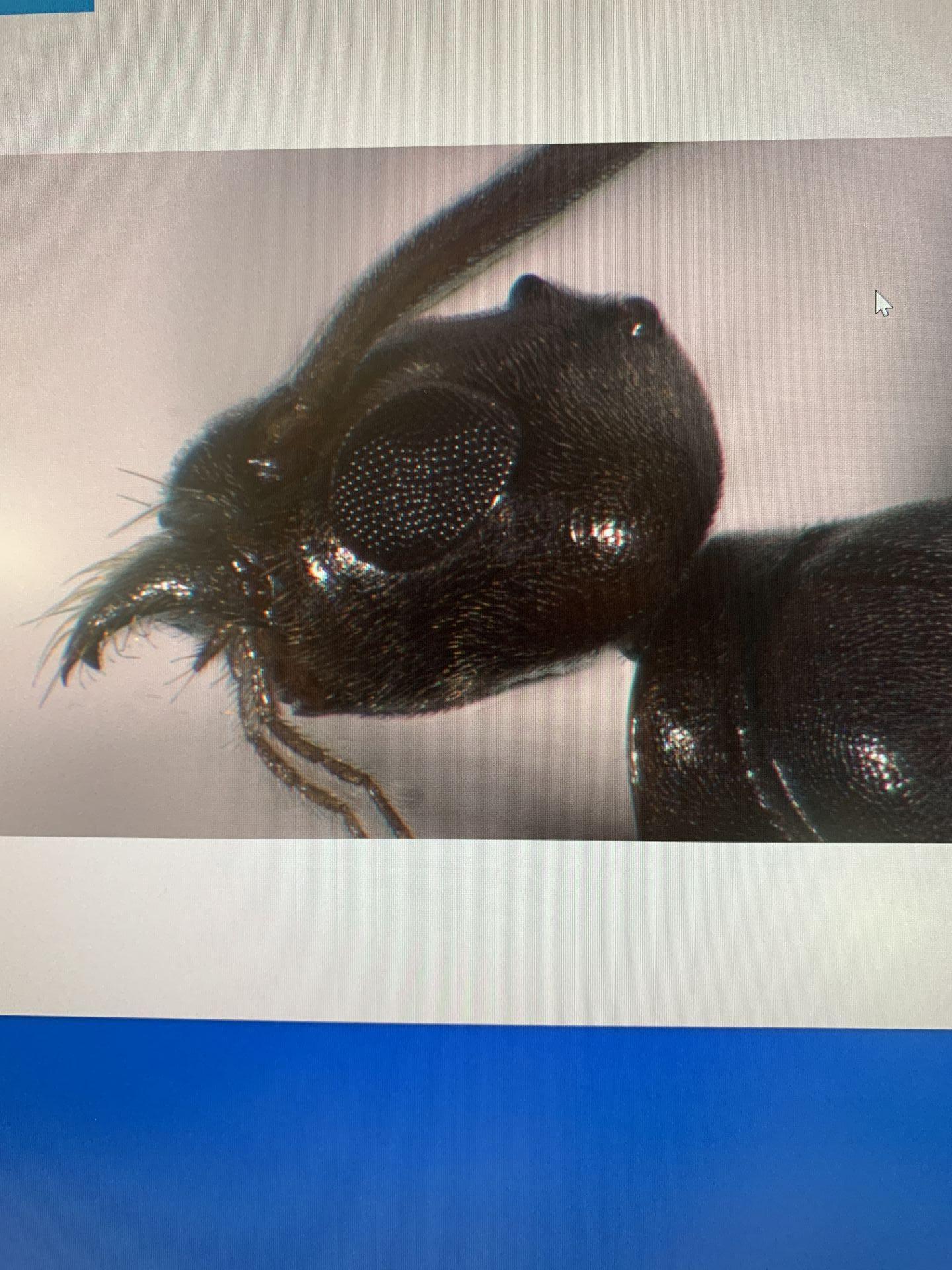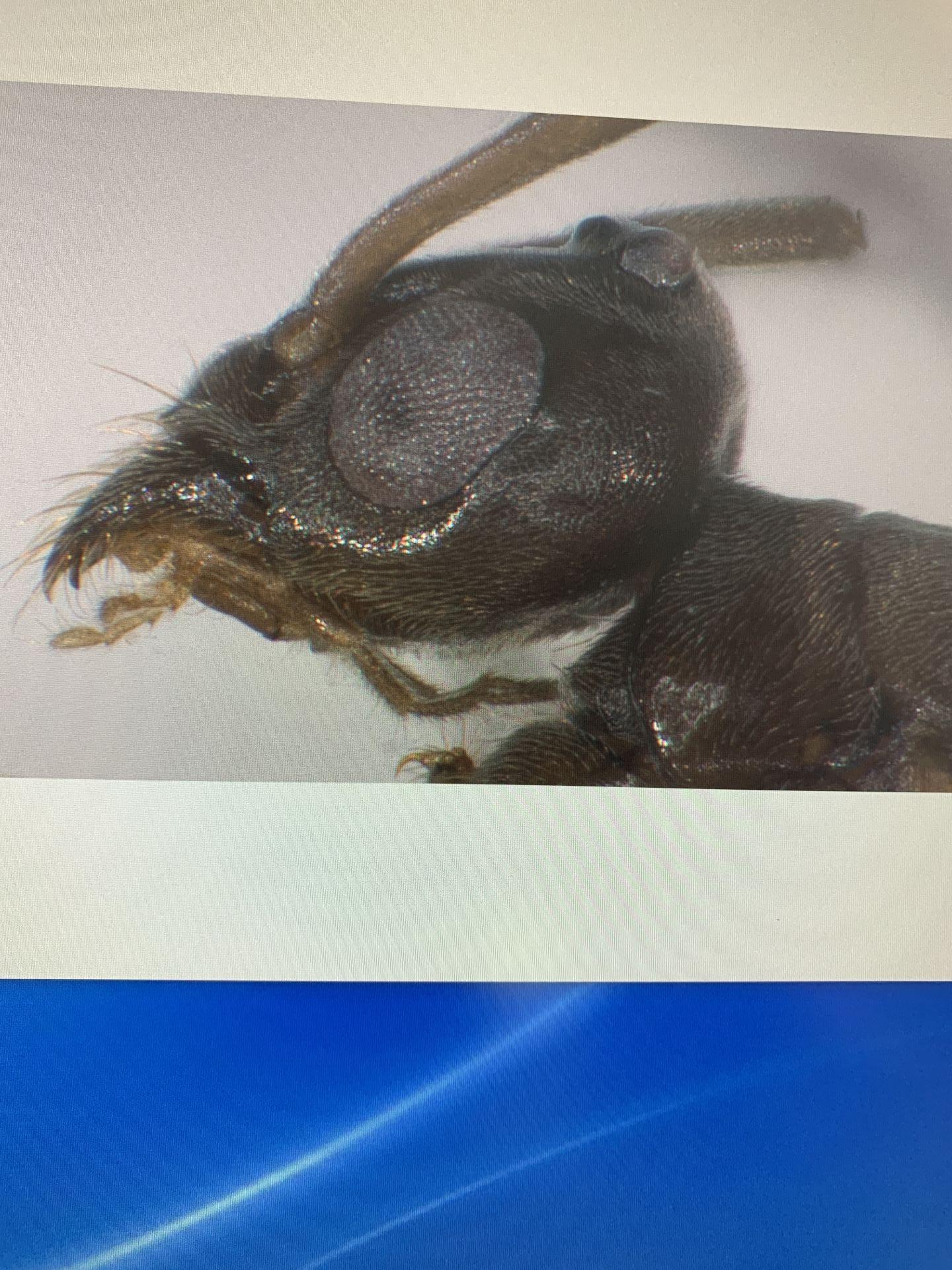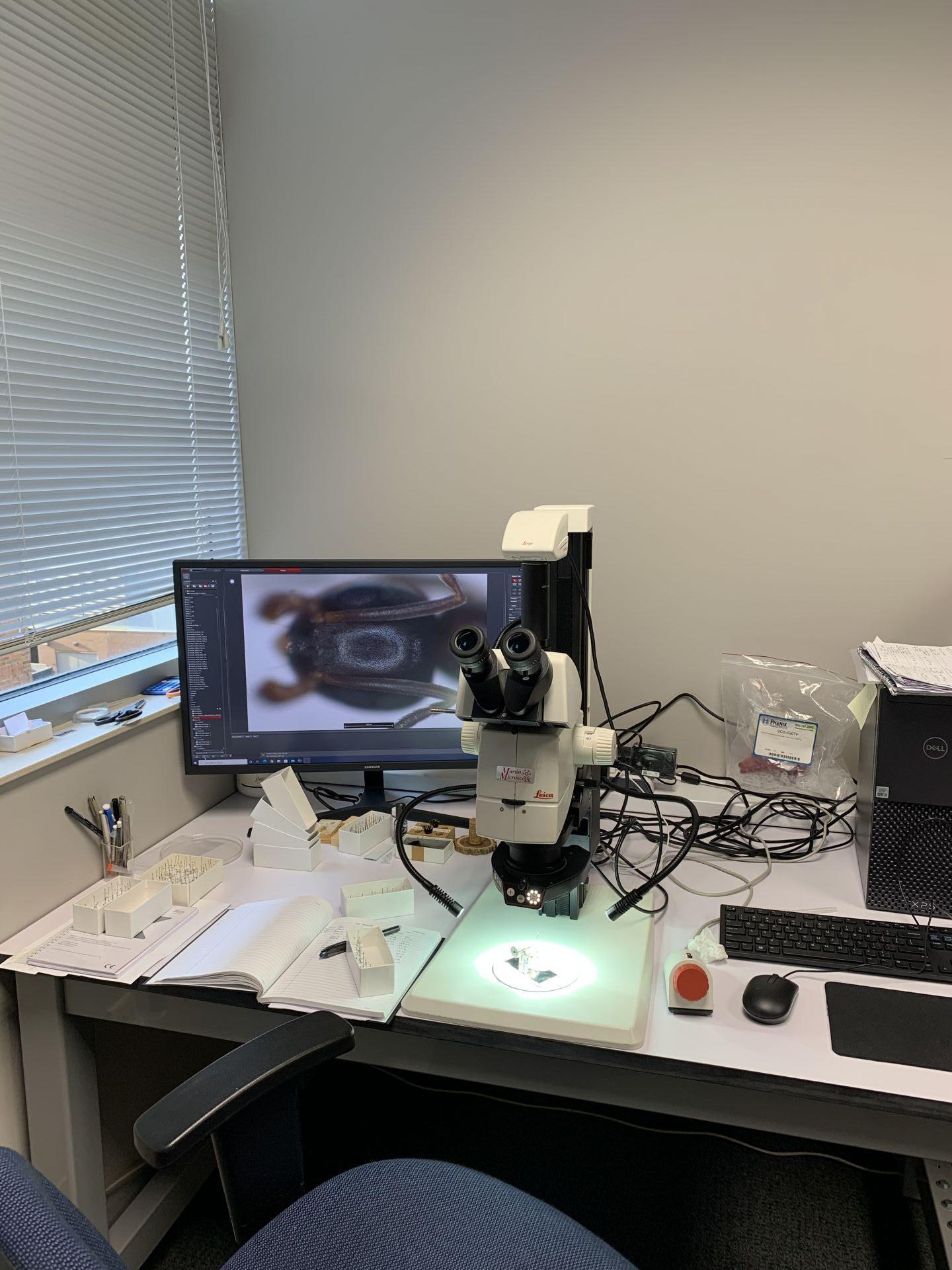I'm pretty sure there is more than one species under the name "tapinoma sessile" here in canada as well. I have seen colonies that have larger workers and larger queens and are strictly monogynous, as opposed to the small polygynous ones.
During the last glacial maximum it is probable that no ants were present in your location unless there was a refugia population and that what you would have are populations that have reintroduced themselves during the past 8-10kyears. The upshot is these populations are usually genetically very similar due to bottleneck scenarios. My personal COX1 gene analysis for Canadian T. sessile has them all within one clade or haplotype, with more limited genetic diversity than the populations we have here in East Tennessee which did not undergo major glaciation. I would agree that there may very well be other "species" within the T.sessile population and crypsis is occurring. I also believe this species has been just "dumped" into a species bucket the default being: It is a Dolichoderid, it is concolor, it has an odor = T. sessile. South America has at least 6-7 recognized species and US/Canada/Mexico excluding the Caribbean with 2. It is known that tropical ecosystems foster greater speciation events and hence greater species. North America is large though and it would not be surprising that what we know as T.sessile is actually a group of species. I have a fundamental question though is how has speciation occurred in North America since opportunities for population isolation to occur do not readily avail themselves particularly in the Eastern half of the continent. So I am quite curious how this novel species occurred. As for the Rocky Mountains being acting as a barrier, the ants I have acquired from Washington State clearly are T. sessile though they do have a lineage that is second oldest to the Tapinoma sp.nov. that I am currently working on. Current estimates of its population divergence have it in the mid to late Miocene then a 2-3 million year gap with the Washington State samples. Just keep in mind this is all inferred and tentative.
Interesting...

























